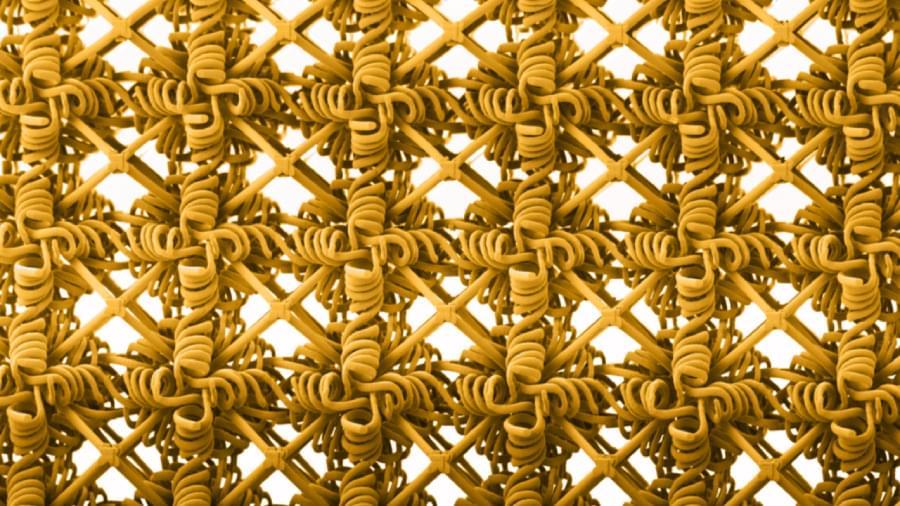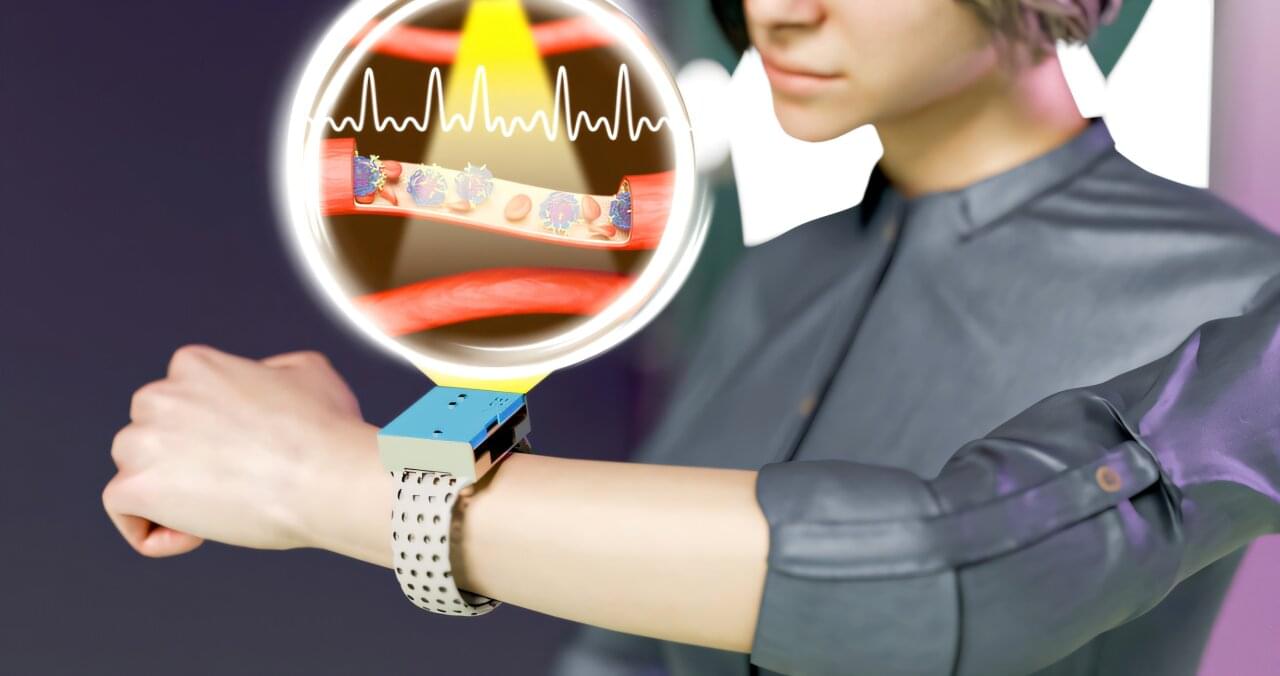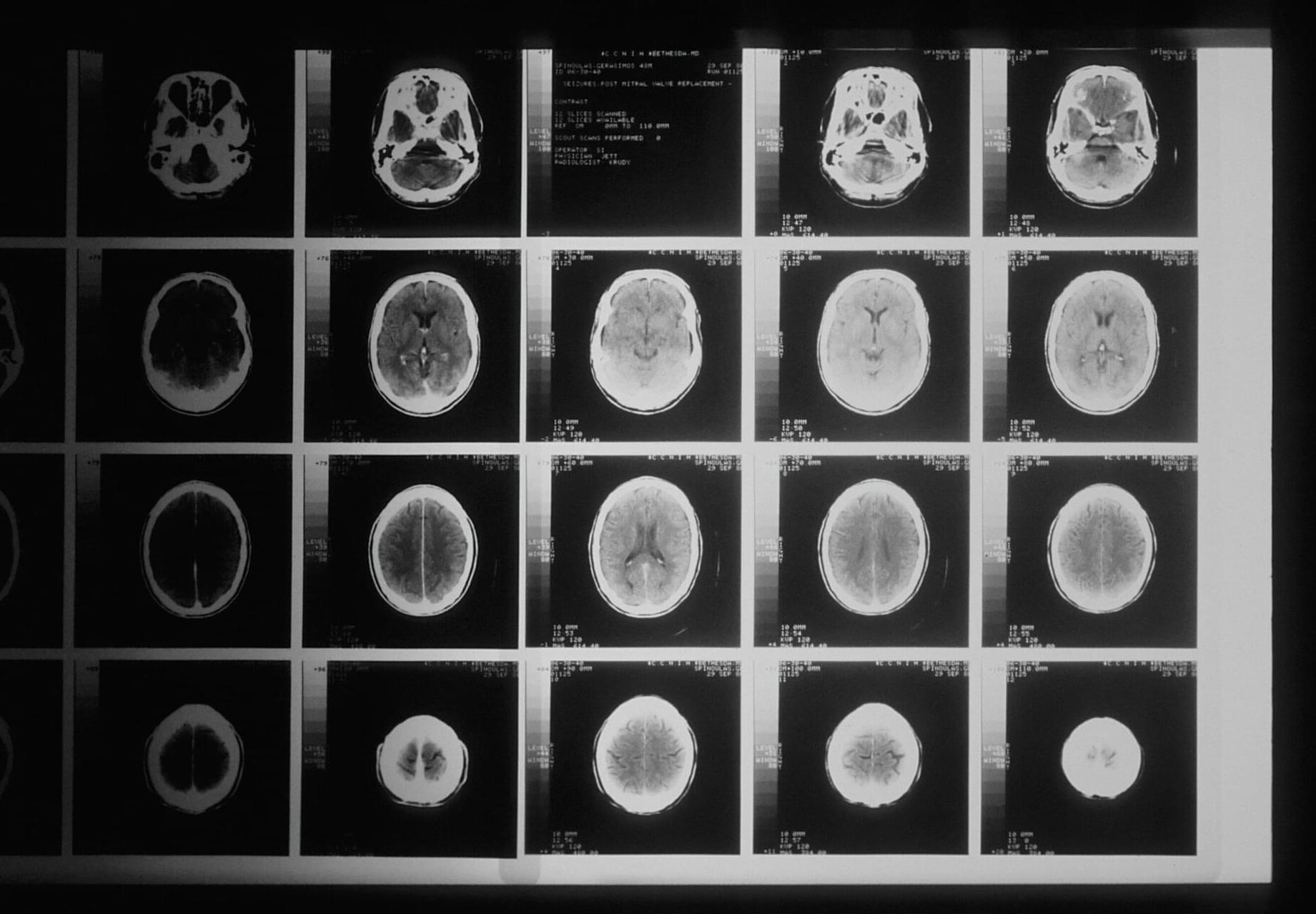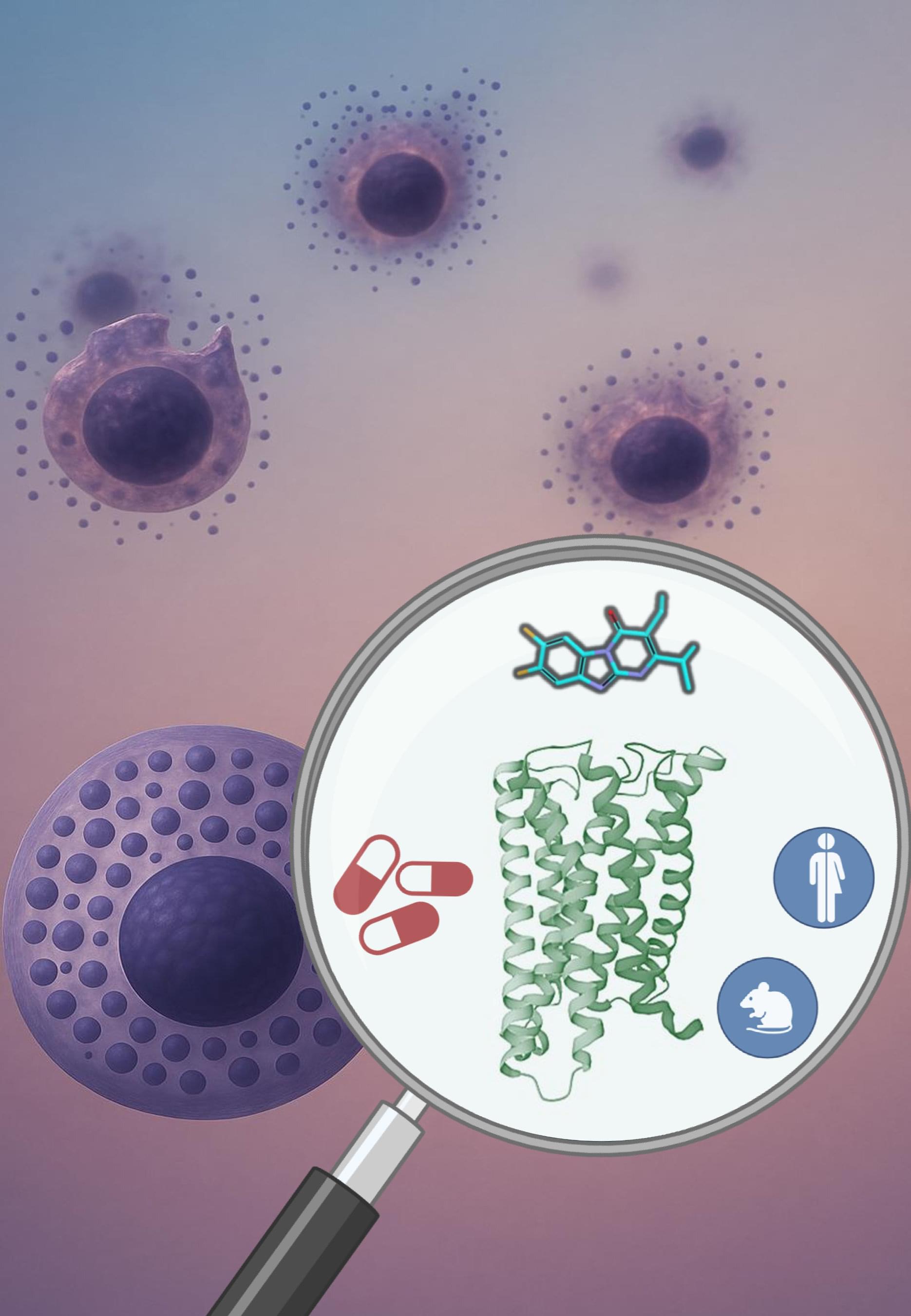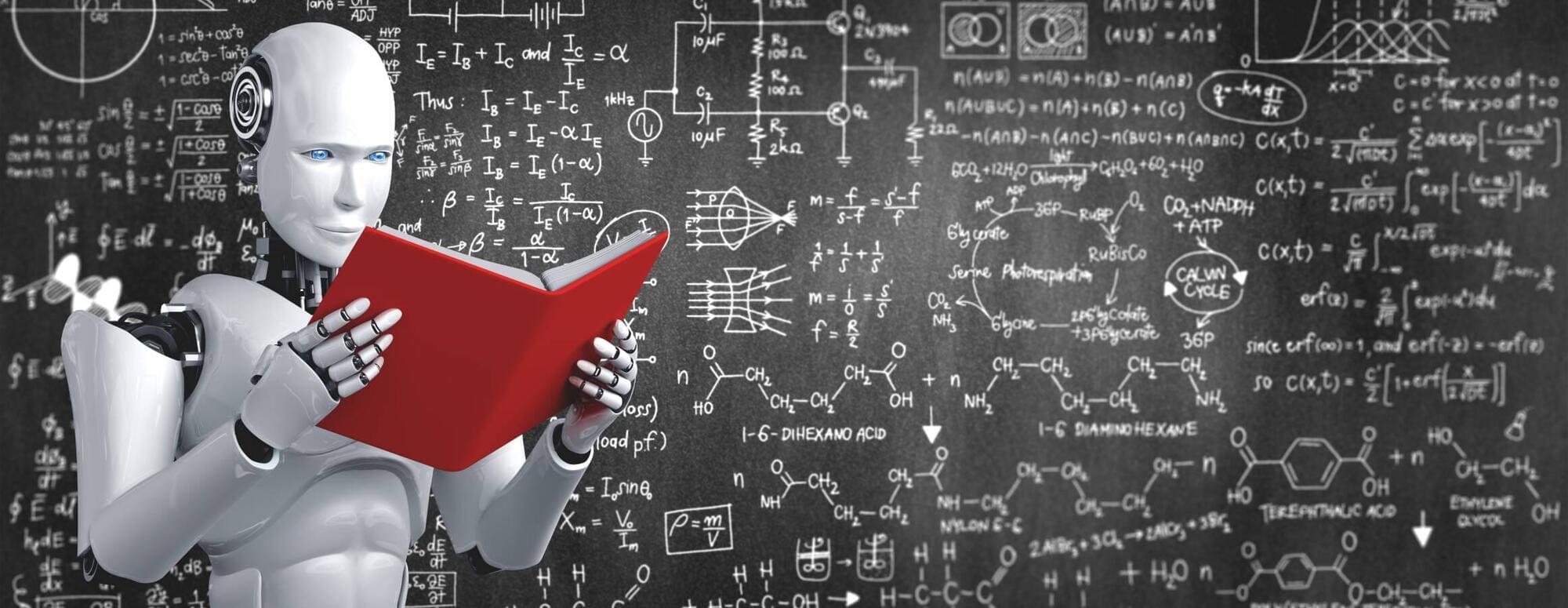This Deep Dive AI podcast discusses my book The Physics of Time: D-Theory of Time & Temporal Mechanics, an insightful exploration into one of the most profound mysteries of existence: the nature of time. As part of the Science and Philosophy of Information series, this book presents a radical reinterpretation of time grounded in modern physics and digital philosophy. It questions whether time is a fundamental aspect of reality or an emergent property of consciousness and information processing. Drawing on quantum physics, cosmology, and consciousness studies, this work invites readers (and listeners) to reimagine time not as a linear, absolute entity, but as a dynamic, editable dimension intertwined with the fabric of reality itself. It challenges traditional views, blending scientific inquiry with metaphysical insights, aimed at both the curious mind and the philosophical seeker.
#PhysicofTime #TemporalMechanics #DTheory #consciousness #DigitalPresentism #TimeFlow #EmergentTime #TimeTravel #ArrowofTime #SyntellectHypothesis
In this episode, we dive deep into The Physics of Time: D-Theory of Time & Temporal Mechanics by futurist-philosopher Alex M. Vikoulov. Explore the profound questions at the intersection of consciousness, quantum and digital physics, and the true nature of time. Is time fundamental or emergent? Can we travel through it? What is Digital Presentism?
The Physics of Time: D-Theory of Time & Temporal Mechanics by Alex M. Vikoulov is an insightful exploration into one of the most profound mysteries of existence: the nature of time. As part of the Science and Philosophy of Information series, this book presents a radical reinterpretation of time grounded in modern physics and digital philosophy. It questions whether time is a fundamental aspect of reality or an emergent property of consciousness and information processing.
The book introduces the D-Theory of Time, or Digital Presentism, which suggests that all moments exist as discrete, informational states, and that our perception of time’s flow is a mental construct. Vikoulov explores theoretical models of time travel, the feasibility of manipulating time, and the concept of the Temporal Singularity, a proposed point where temporal mechanics may reach a transformative threshold.
